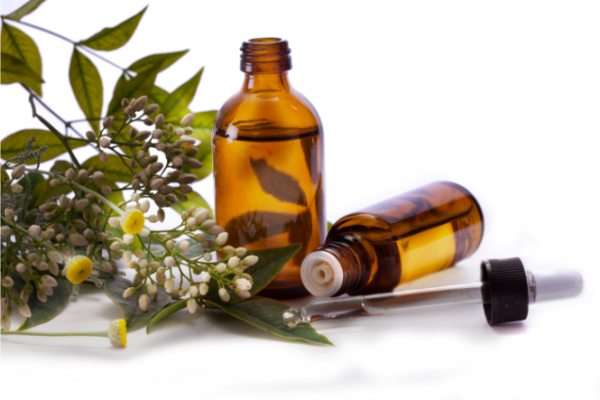Breastfeeding and herbal medicines
Key points about breastfeeding and herbal medicines
- Herbal medicines should be approached with caution when you are breastfeeding.
- Like any medication there should be a clear indication for the use of herbals.
- Conventional medicines should be considered first as there is more information on the safety profile of such drugs.

Herbal medicines are produced from plants and are based on traditional knowledge. They are examples of complementary and alternative medicines (CAM). CAM also include therapies such as acupuncture, dietary supplements, massage, aromatherapy, homeopathy and relaxation therapy. Read more about complementary and alternative medicines (CAM).
Herbal and traditional medicines are generally bought from pharmacies, supermarkets and health food stores, or may be recommended by a naturopath, a Chinese doctor or another kind of healthcare provider. While most complementary medicines are used to relieve the symptoms of minor ailments, many are used for maintaining health and wellbeing.

Image credit: Canva
There is a need for more research on the efficacy and safety of all herbal preparations by breastfeeding mothers. Most herbal medications are poorly regulated and as a result, the level of active ingredients and possibly harmful ingredients may be unknown in a specific product. Such inconsistencies can lead to differences in efficacy and safety of products, making it difficult to use when you are breastfeeding.
Caution should be used when considering herbal and traditional medicines, especially when your infant is a newborn or if born prematurely. You and your healthcare provider can look up the safety of your medications using a trusted online database such as LactMed.(external link)(external link)
The following are examples of common herbal and traditional medicines that may be used during breastfeeding.
| Herbal medicine | Description and what to watch out for |
| Aloe vera |
|
| Cranberry |
|
| Echinacea |
|
| Fenugreek |
|
| Garlic |
|
| Ginger |
|
| Milk thistle |
|
| Raspberry leaf |
|
| St John’s Wort |
|
Apps
Women's health apps
Breastfeeding apps
References
- Herbal medicines and breastfeeding(external link)(external link) The Royal Women's Hospital, Australia
- Nice FJ. Non-prescription Drugs for the Breastfeeding Mother (second edition). 2011, Hale Publishing
Credits: Sandra Ponen, Pharmacist Healthify editorial team. Healthify is brought to you by Health Navigator Charitable Trust.
Reviewed by: Dr Yvonne LeFort MD FRNZCGP
Last reviewed:
Page last updated:





